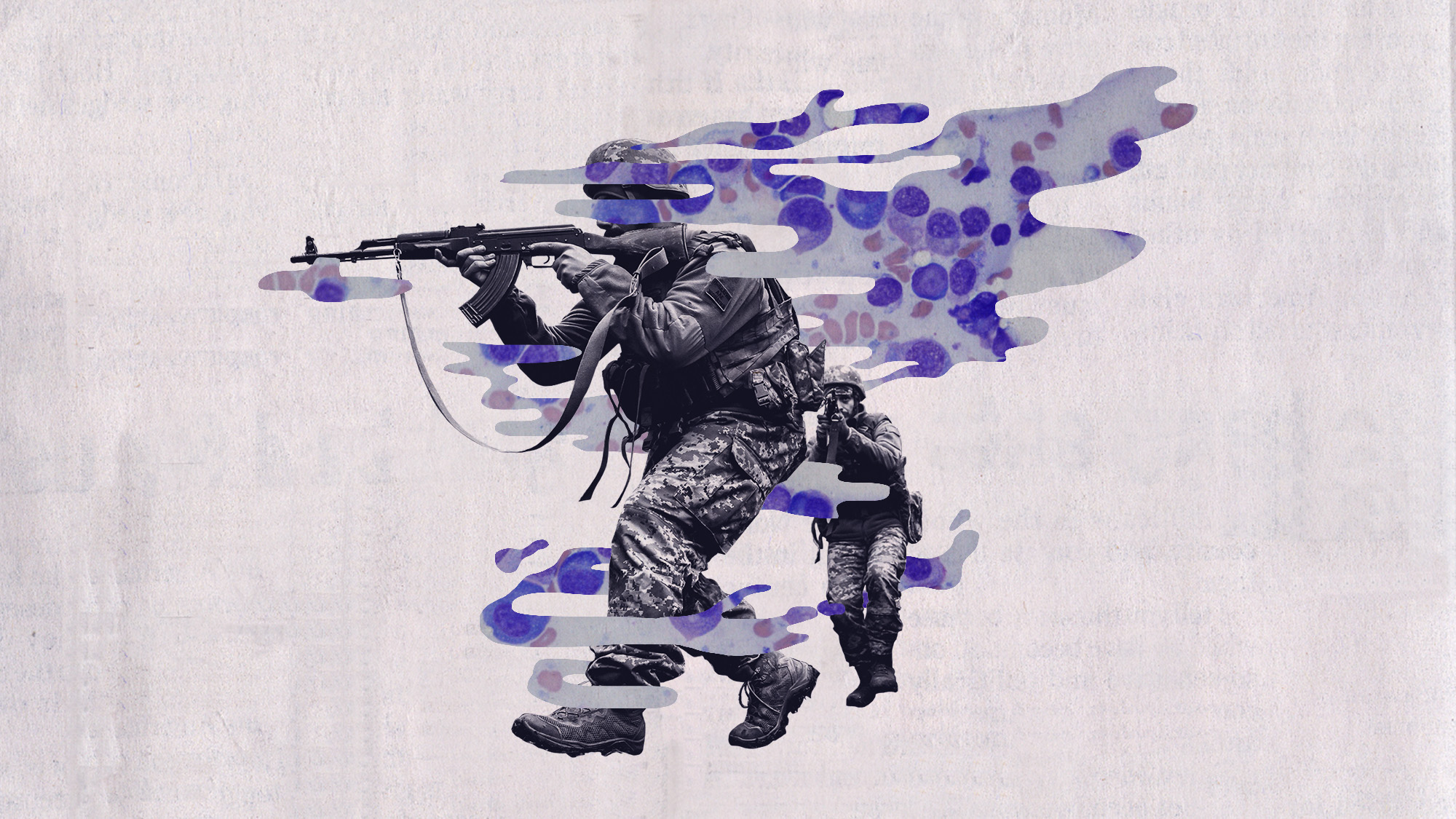Plus-size models: A new standard of beauty?
Will Glamour's photograph of plus-size model Lizze Miller—naked but for a thong and with her modest roll of belly fat fully evident —inspire others to use more average-sized women in their photo shoots?&
It’s “the picture people can’t stop talking about,” said Jeneé Osterheldt in The Kansas City Star. Way back on Page 194 of this month’s Glamour is a smallish photograph of plus-size model Lizzie Miller, naked but for a thong, her natural, voluptuous beauty enhanced by a modest roll of belly fat. Within days of the magazine’s publication, Glamour’s website was swamped with posts from hundreds of grateful women, overjoyed to see a model who “looks like an everyday girl.” Miller’s photo may prove to be a “game-changer” for the fashion industry, said Michael Inbar in MSNBC.com. Glamour editor in chief Cindi Leive said the reaction to the photo will “absolutely” inspire editors and designers to use more average-size women in their photo shoots. If she’s right, Lizzie Miller may go down in history for having struck a decisive “blow for the Everywoman.”
Sometimes I mourn “the gullibility of my sex,” said Jemima Lewis in the London Sunday Telegraph. Every month, virtually every women’s magazine features “the prose equivalent of Lizzie Miller’s belly”: an article exhorting women to be happy with who they are and to “love the skin they’re in,” sandwiched between hundreds of pages of “airbrushed, pubescent,” stick-thin models. It’s a “familiar trick” whose point, of course, is to keep women feeling just good enough about themselves to keep reading, but not so good that they stop spending every penny of disposable income chasing an impossible standard of beauty. Anyone who thinks the industry is about “to abandon such a lucrative formula” is hopelessly naïve.
But what if the formula stops being lucrative? said Rosemary Black in the New York Daily News. Publishing insiders say the recession has “caused many women to care less than they once did about looking perfect.” When it’s a struggle just to put food on the table, the notion of then not eating that food to pursue a fantasy of youth and glamour isn’t quite so appealing. Not only that, said Emine Saner in the London Guardian, but women are far more aware than they used to be that physical perfection isn’t attainable even by super-skinny fashion models. We all now know that the images in magazines are heavily retouched by computer, and consumers are “growing tired” of it. In a culture that is drowning in simulation, it’s entirely possible that magazines, like television, may find themselves desperately peddling “reality”—and it may look a lot like Lizzie Miller.
The Week
Escape your echo chamber. Get the facts behind the news, plus analysis from multiple perspectives.

Sign up for The Week's Free Newsletters
From our morning news briefing to a weekly Good News Newsletter, get the best of The Week delivered directly to your inbox.
From our morning news briefing to a weekly Good News Newsletter, get the best of The Week delivered directly to your inbox.
A free daily email with the biggest news stories of the day – and the best features from TheWeek.com
-
 Antibiotic resistance: the hidden danger on Ukraine’s frontlines
Antibiotic resistance: the hidden danger on Ukraine’s frontlinesUnder The Radar Threat is spreading beyond war zones to the ‘doorstep’ of western Europe
-
 ‘Capitalism: A Global History’ by Sven Beckert and ‘American Canto’ by Olivia Nuzzi
‘Capitalism: A Global History’ by Sven Beckert and ‘American Canto’ by Olivia NuzziFeature A consummate history of capitalism and a memoir from the journalist who fell in love with RFK Jr.
-
 Who will the new limits on student loans affect?
Who will the new limits on student loans affect?The Explainer The Trump administration is imposing new limits for federal student loans starting on July 1, 2026